That is the “deep love and affection” of the people of our homeland with each other, with their homeland, rivers, and seas. When people love and are attached to each other, attached to their homeland, to the sea… no matter what hardship or challenge they face, they cannot overcome it…
On chilly nights in the highlands, my mother often told me about the day our family left our hometown for the Central Highlands to seek a living in a new land. She said that I was not yet alive. It had been nearly 10 years since my family returned to our hometown. My hometown is far away in Ha Tinh . I don’t understand why, but for a long time now, Ngoc Anh, my lover – an 8X teacher, teaching Literature at the village school, originally from Nghi Xuan, but born in the highlands, has been absent-minded. One day she said to me:
- We have been in love for years, yet I only know my “homeland of spicy ginger and salty salt” as you said. We also need to go back to my hometown to let me know what it is like, and also to introduce you to my uncles and aunts.
A corner of Tien Dien town, Nghi Xuan district. Photo: Thanh Nam.
“It was like a weight had been lifted off my shoulders,” I was so happy that I immediately packed up and set off with her. The train was on its way to the North, and as soon as it passed the Deo Ngang tunnel, the sun was shining brightly and the hot wind was howling outside the window. That morning, having just arrived in the countryside, Ngoc Anh asked to go to the sea. Coincidentally, the two of us met Mr. Nguyen Thanh Nam, a fisherman who had been attached to the sea his entire life. Standing on the beach, looking at the towering concrete dike stretching out to the horizon along the waves, I couldn’t help but be stunned. As if he could guess my thoughts, Mr. Nam smiled:
- The sea surprised you, didn't it?
- Yes! I was very surprised, uncle. I was born in the Central Highlands and have never been to the sea. I heard my parents and the people from my hometown who migrated there to settle down talk about the sea, storms, and terrible floods. I have also watched movies and imagined about the sea, but when I came here and saw it with my own eyes, I found it… strange. Is it difficult for people from my hometown to live with the sea and storms like this?
- As a teacher, you must have known the saying “Salt after three years is still salty, ginger after nine months is still spicy…”! That is the “heavy love, deep affection” of the love of our people for each other, for their homeland, rivers, and seas. When people love, are attached to each other, attached to their homeland, to the sea… no matter how difficult or challenging it is, they cannot overcome it.
Pausing for a moment, he spread his arms wide towards the sea and the river, Uncle Nam's voice dropped:
- You know, this land is like a peninsula sandwiched between three sides of waves. The Lam River flows rapidly to the West, the sea to the East, and the waves to the North of Cua Hoi. Not to mention the stormy days, when the sea is calm, standing on the bank of the Lam River, you can clearly hear the waves lapping at the shore. On flood days, standing on the shore, you can hear the roaring sound of the water flowing down the river. That's why floods and storms lurk frequently. When it rains, it rottens the land, when it storms, it shakes the sky. In the West, the Lam River brings torrential floods from upstream. In the East, the sea rises and encroaches on the beach and encroaches on the shore. In the past, when the country had just gone through war, the State did not have the money to build sturdy concrete dikes to block storms, but only had enough strength to mobilize people to build earthen dikes. Earthen dikes can withstand strong winds and waves; they can withstand storms and waves. When the storm came, the Lam River water combined with the storm wind tore the river dike apart, eroding fields into rivers and swamps, sweeping away many people's houses. The land could not support people, so people had to tearfully leave their homeland to seek a living in a new land. Those who left were like that, and those who stayed could not rest in peace. Every time the rainy and stormy season came, they were worried... Everyone hoped to have a strong dike that could withstand the rushing water, block strong winds and waves so that they could live in peace...!
At that point, my uncle’s voice choked up. It seemed like Ngoc Anh was also moved. She trembled as she held my hand as if seeking someone to share with…
Cua Hoi Bridge connects the two banks of Lam River. Photo: Nguyen Thanh Hai
Uncle Nam, my sister and I leisurely walked along the dike towards Cua Hoi. The August sky was high and blue. Looking at the sea rising with thousands of white waves crashing endlessly against the dike, Ngoc Anh shouted:
- So beautiful, so majestic!
- It is truly beautiful and majestic! - Uncle Nam nodded in confirmation.
- My hometown is now as beautiful as it is thanks to the people who know how to control the sea and the river. Ha Tinh has determined to build concrete sea and river dykes. Each dyke is 5-6m wide, tens of meters high and tens of kilometers long. In our hometown, in the West there is a dyke to prevent floods on the Lam River, in the East there is a concrete sea dyke about 10 km long running from Dan Truong to Xuan Hoi, and there is also Cua Hoi bridge - the longest bridge in the Central region spanning the river. Vehicles and people travel conveniently. Now, thousands of hectares of cultivated land, thousands of hectares of aquaculture are no longer afraid of floodwaters breaking the banks. In the East there is a sea dyke to protect, villages are no longer afraid of waves crashing, waves overflowing, the land is peaceful.
Lam River mouth, formerly called Dan Nhai mouth, now called Hoi mouth. Photo: Dau Ha
Uncle Nam pointed to the fields inside the dike during harvest season, then pointed to the shrimp farms on the sand, shimmering with colorful water thrown up by the fans like flowers under the sun; then waved his hand toward the village with its tall buildings, and said cheerfully:
- You see, since the sea and river dykes were concreted, the land has been protected by fences and fences; many economic projects have been born in this coastal area. Dozens of kilometers of ecological roads and inter-village roads have been widened, concreted, and paved, completely replacing the dusty, narrow dirt roads. Industries such as carpentry, construction, services, etc. have flourished throughout the villages. Not to mention far away, right in my commune, many children who have gone far away to do business successfully have returned home, bringing with them projects to build farms, marine eco-tourism areas, etc. to beautify and enrich the homeland.
Dawn at Hoi Gate. Photo: Dang Thien Chan
Saying goodbye to Uncle Nam, I held Ngoc Anh’s hand tightly. In front of us, the sea dike stood tall like a bridge between the deep blue autumn sea and the vast blue sky. The free-spirited sea breeze tossed Ngoc Anh’s flowing hair. I looked at her:
- Do you think the sea, our "homeland of spicy ginger and salty salt" is beautiful?
- It's so beautiful, brother! I know that on the road to success, there are still many challenges for the minds and hard-working hands of the people of Ha Tinh, my hometown. But I think the stories about the sea, the people, and our beautiful "homeland of spicy ginger and salty salt" are truly "deep love and deep gratitude", brother...
Nguyen Xuan Dieu
Source


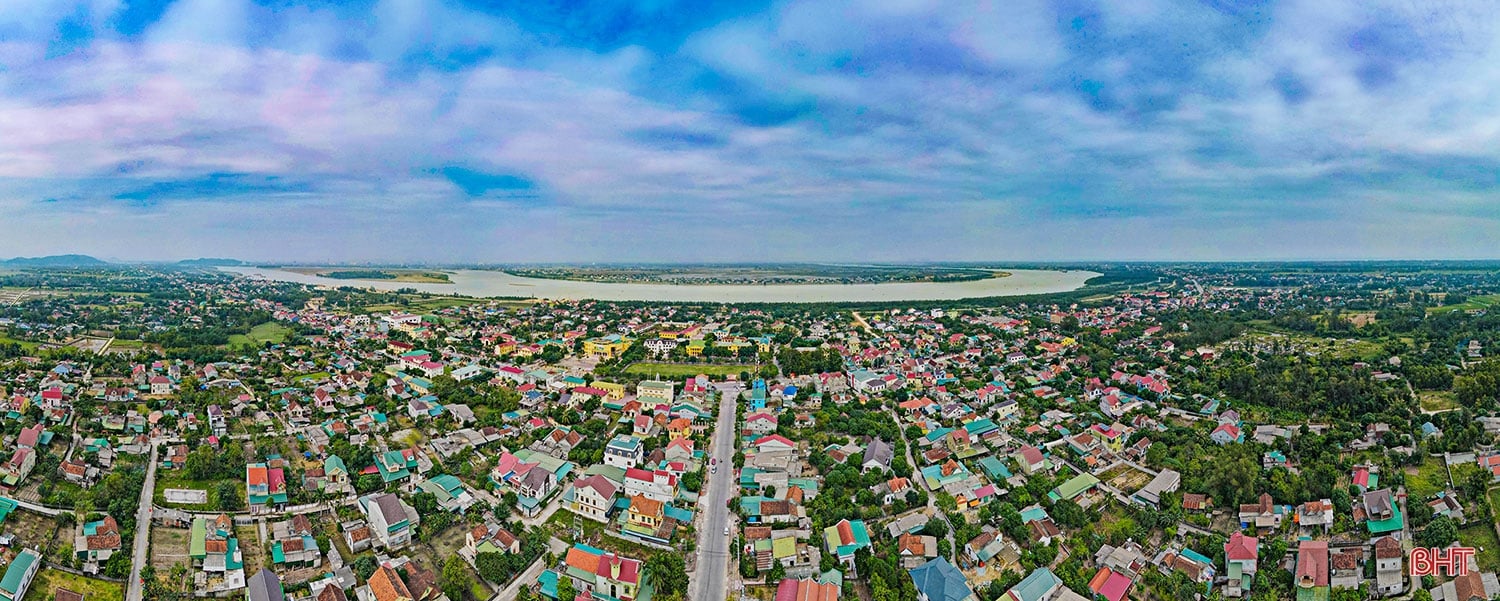
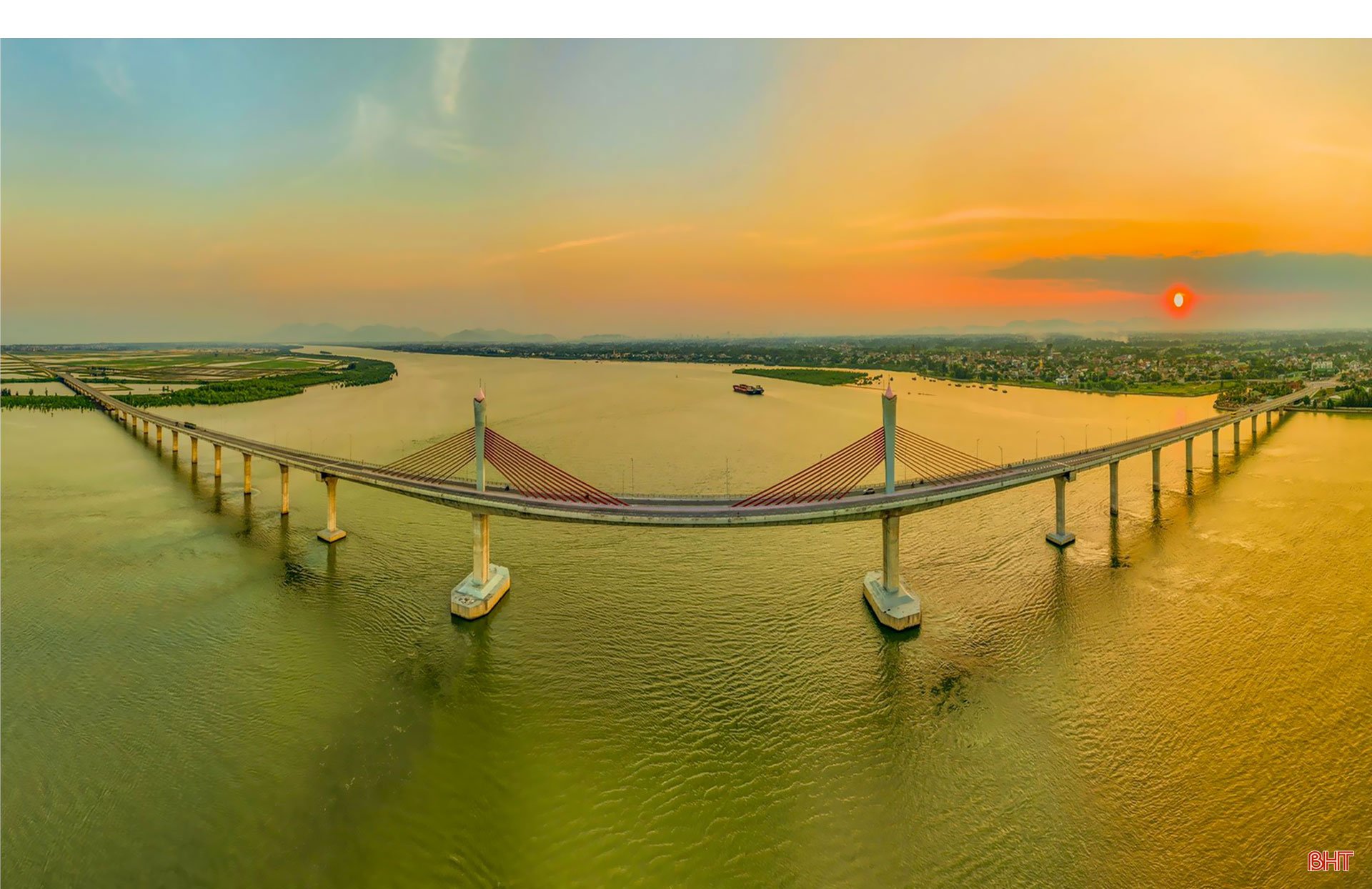
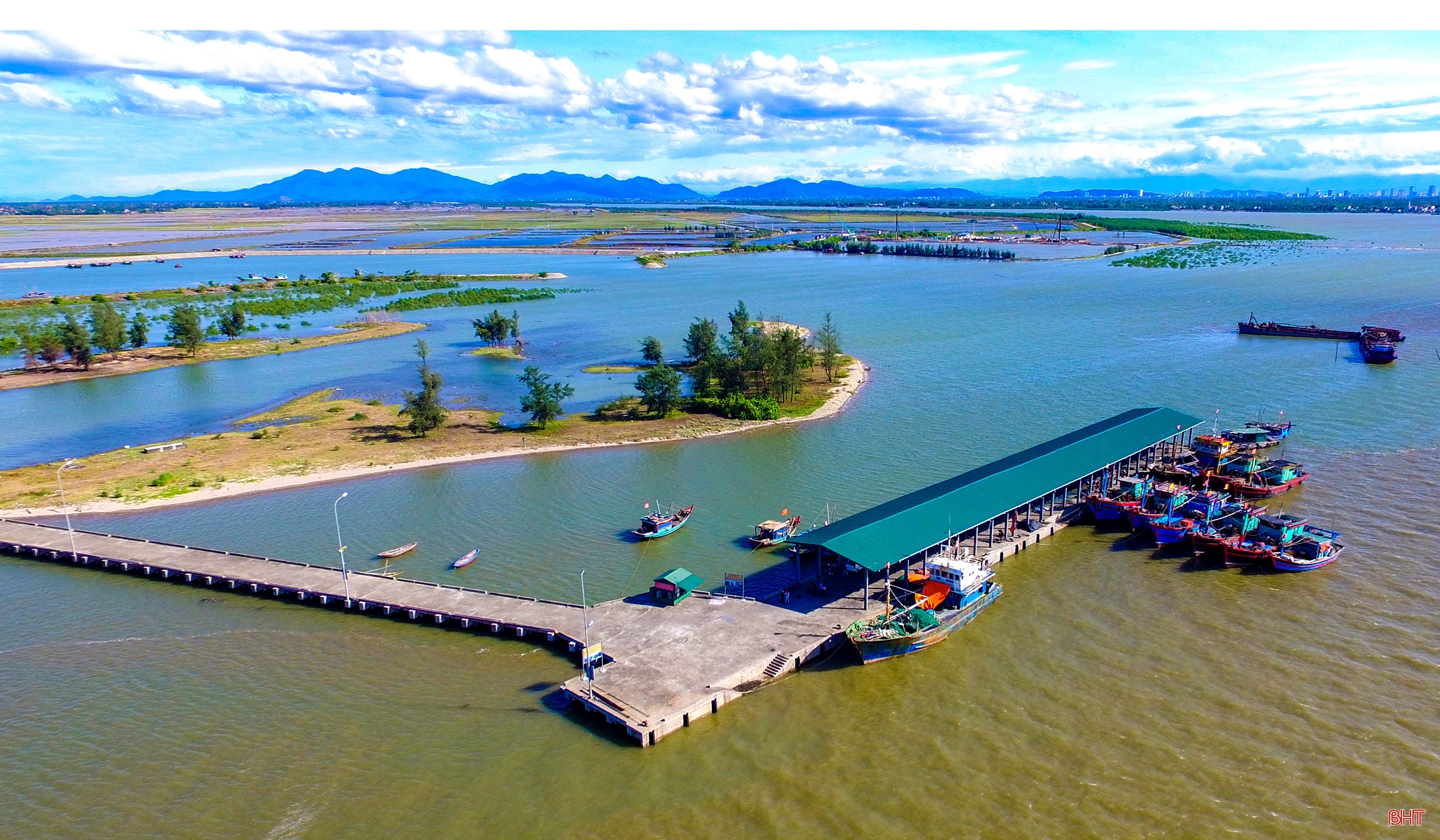
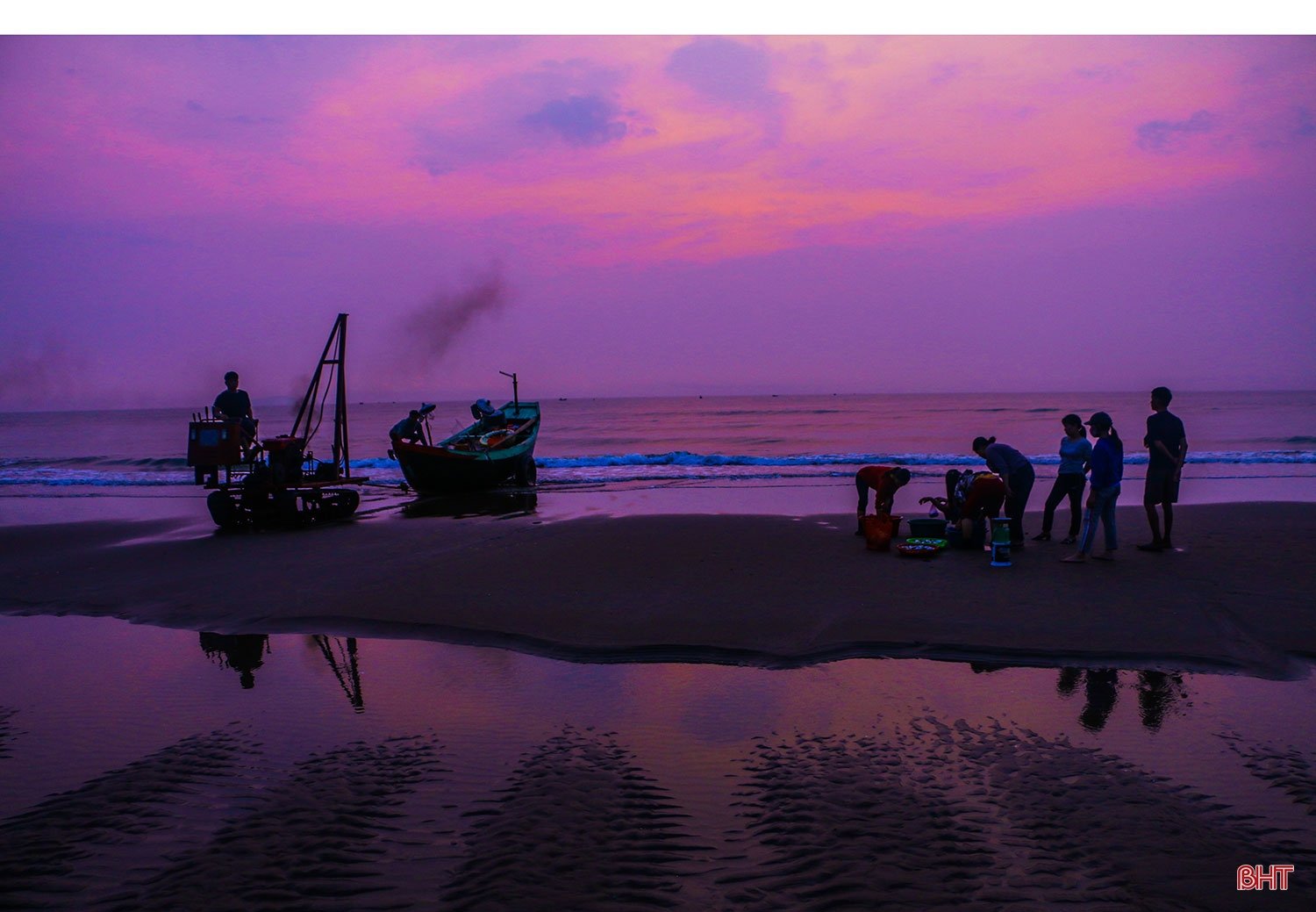
![[Photo] Hanoi morning of October 1: Prolonged flooding, people wade to work](https://vphoto.vietnam.vn/thumb/1200x675/vietnam/resource/IMAGE/2025/10/1/189be28938e3493fa26b2938efa2059e)
![[Photo] Keep your warehouse safe in all situations](https://vphoto.vietnam.vn/thumb/1200x675/vietnam/resource/IMAGE/2025/10/1/3eb4eceafe68497989865e7faa4e4d0e)


![[Photo] President of the Cuban National Assembly visits President Ho Chi Minh's Mausoleum](https://vphoto.vietnam.vn/thumb/1200x675/vietnam/resource/IMAGE/2025/10/1/39f1142310fc4dae9e3de4fcc9ac2ed0)

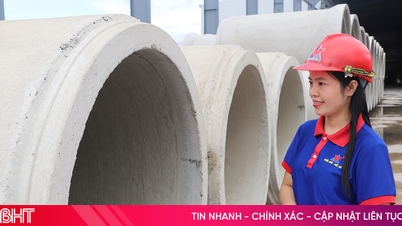

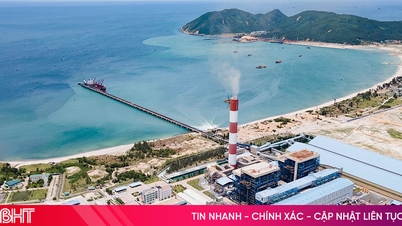






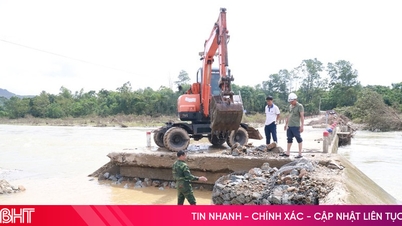
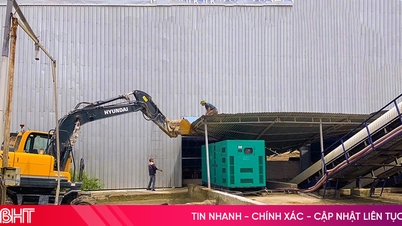


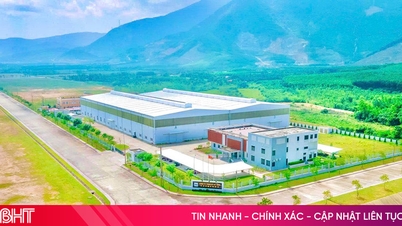

















































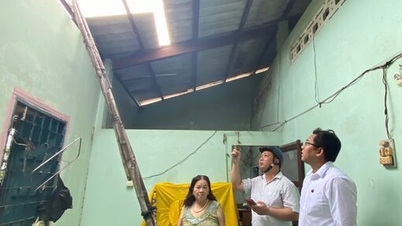



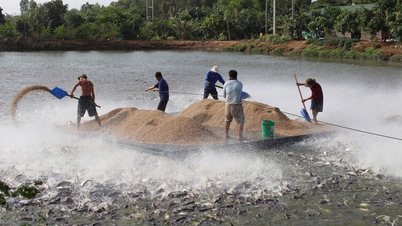















Comment (0)